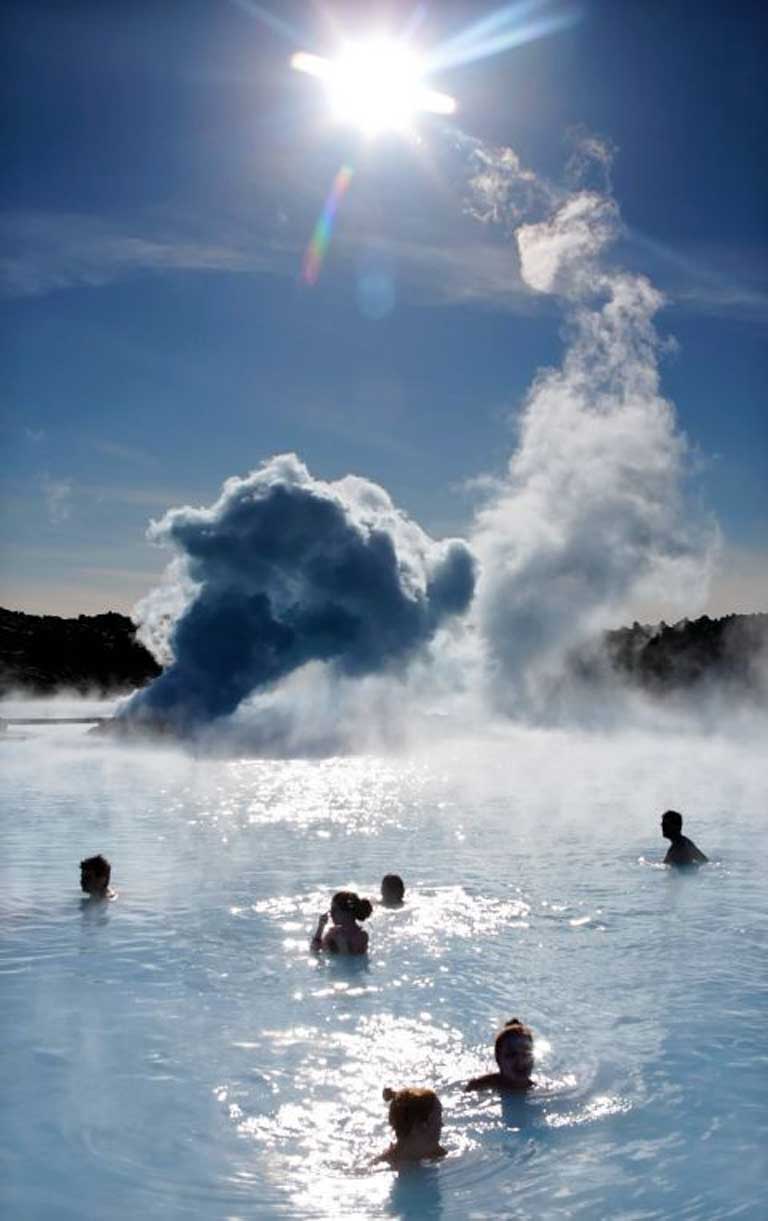Simon Calder: Fast track to the last great frontier
The man who pays his way

Journey to the centre of the earth? If that figures on your personal travel agenda, then the Icelandic alchemist in Jules Verne's novel has the directions you need: "Descend, bold traveller, into the crater of the jokul of Sneffels, which the shadow of Scartaris touches before the kalends of July, and you will attain the centre of the earth."
Should that prospect not appeal, then content yourself with flying over this volcanic gateway to the underworld – Snaefellsjokull in far west Iceland – on a journey to the far side of the earth.
This week, I learned (via an airline routes database rather than an Icelandic alchemist) that two of the least populated places on earth get connected with each other from next summer. And in the process, the state known as America's last frontier will open up to British travellers.
The new link, on Icelandair, connects the airline's base with Alaska's largest city, Anchorage. The Icelandic carrier has long provided good-value transatlantic flights from Glasgow, Manchester and London via Reykjavik to US cities such as Washington and Orlando. Now, in a move that will prove either inspired or expensive, Icelandair is to capitalise on the geography of the far north to offer a fast track to Alaska – land of America's mightiest mountain, salmon and Sarah Palin.
The "great circle" route (representing the shortest path between two points on the globe) from all three UK cities to Anchorage goes almost directly over Reykjavik. You will be able to take off in early afternoon and reach Iceland with just enough time to leave the airport to splash in the warm waters of the Blue Lagoon. Then you board a time machine: flight FI679. At northerly latitudes, time zones are close together, and the Boeing ticks them off faster than one an hour. You touch down in Alaska, local time, 50 minutes before leaving Reykjavik. Total journey from London or Manchester, 12 hours; from Glasgow, an hour less.
The plane is a narrow-bodied 757, which means you have more chance of a window seat than on the standard wide-bodied transatlantic conveyance. Good news, because with clear skies it should be an amazing journey over the roof of the world. The flight tracks straight over Snaefellsjokull (or Mt Verne, as it should more concisely be known). Then it bisects Greenland and cuts across northern Canada, staying within the Arctic Circle for most of the journey. The track is so northerly that it almost touches the north magnetic pole, currently residing west of Ellesmere Island in northern Canada.
The plane enters Alaskan airspace where the Yukon river crosses the international border, and heads south-west for Anchorage, landing in broad daylight after a seven-hour flight – less time than from Reykjavik to Orlando in Florida, and taking you to a more magical kingdom.
The twilight zone
The Land of the Midnight Sun? Not quite, at these latitudes. It's bright till late, but no more so than in the north of Scotland. Anchorage's southern suburbs are on the same latitude as northern Shetland, and indeed many of the populated areas of Alaska lie further south. The state capital, Juneau, is the same distance from the geographic north pole as Stornoway on the Isle of Lewis. So midsummer late nights are more twilight than daylight. In fact, this is the best light in which to view Anchorage – not one of America's loveliest cities. Much of it was flattened by the Good Friday earthquake in 1964, so today it resembles a chilly version of Crawley. But within easy reach is some dramatic mountain scenery, including the Alyeska glacier – a serious winter-sports resort that was twice nominated as a venue for the Winter Olympics.
The map reveals why Alaska's nickname is The Last Frontier. To the south-west, the Aleutian Islands straggle across the Pacific for a couple of thousand miles. To the west, there's no place like Nome for reminding you how close Russia is: just across the Bering Strait. Northwards, Barrow vies with its Cumbrian namesake as the ultimate cul-de-sac. For most travellers, though, the south-east looks the most intriguing area, visiting the ports that sprang up during the Klondike gold rush in 1897.
Book an "open jaw" trip, flying out to Anchorage and home from Seattle. The fare for this trip next August is around £800 from Gatwick, Manchester or Glasgow. Cover the coastline between the two cities aboard the Alaska Marine Highway – a shipping line. The ferry between the ports of Whittier (for Anchorage) and Bellingham (serving Seattle) costs a reasonable $547 (£365) – with western Canada's amazing Inside Passage included free. An Alaskan adventure that would thrill the proper Palin – Michael – all for less than £1,200? Start saving now.
Iceland's salvation?
The new link looks equally tempting from the other end. It offers Alaskans the tantalising prospect of visiting two great northern nations, Iceland and Scotland, on a single trip. But before the respective tourist boards get too excited about the prospect of an Alaskan bailout in the form of vacationing Anchorageois, they should note that more people live in Columbus, Ohio, than in the whole of America's largest state.
Join our commenting forum
Join thought-provoking conversations, follow other Independent readers and see their replies
Comments
Bookmark popover
Removed from bookmarks